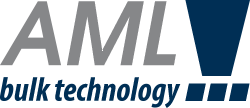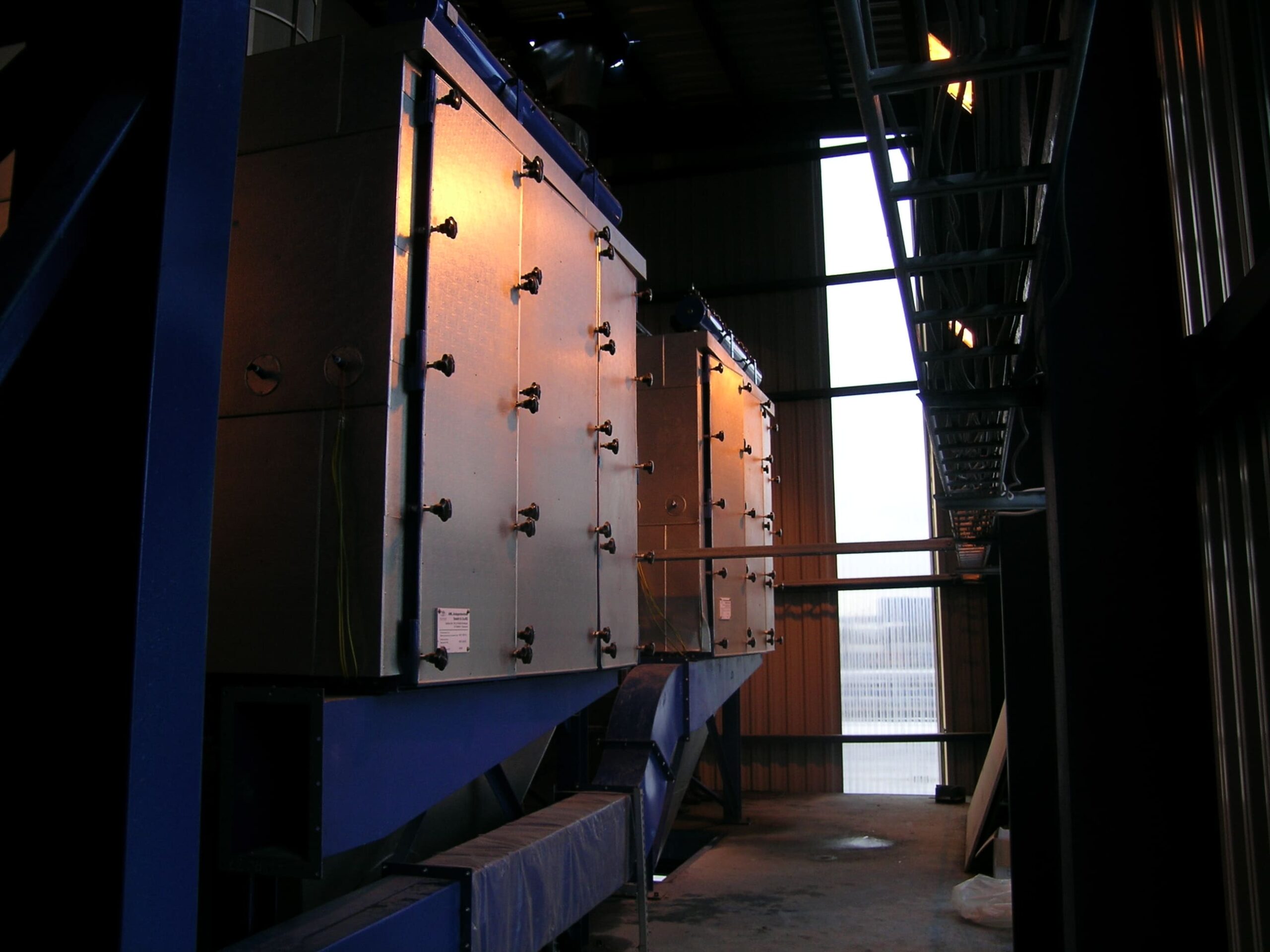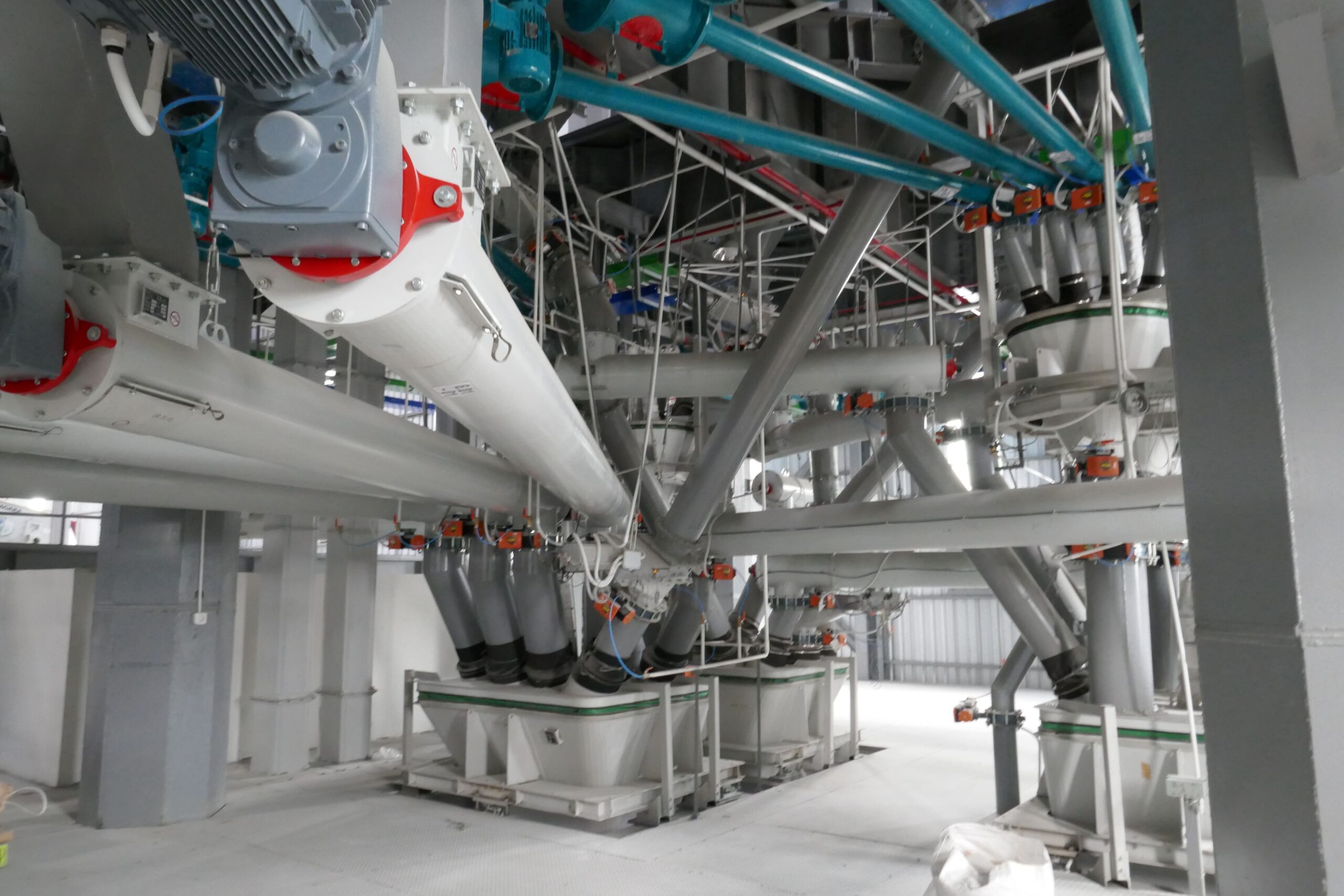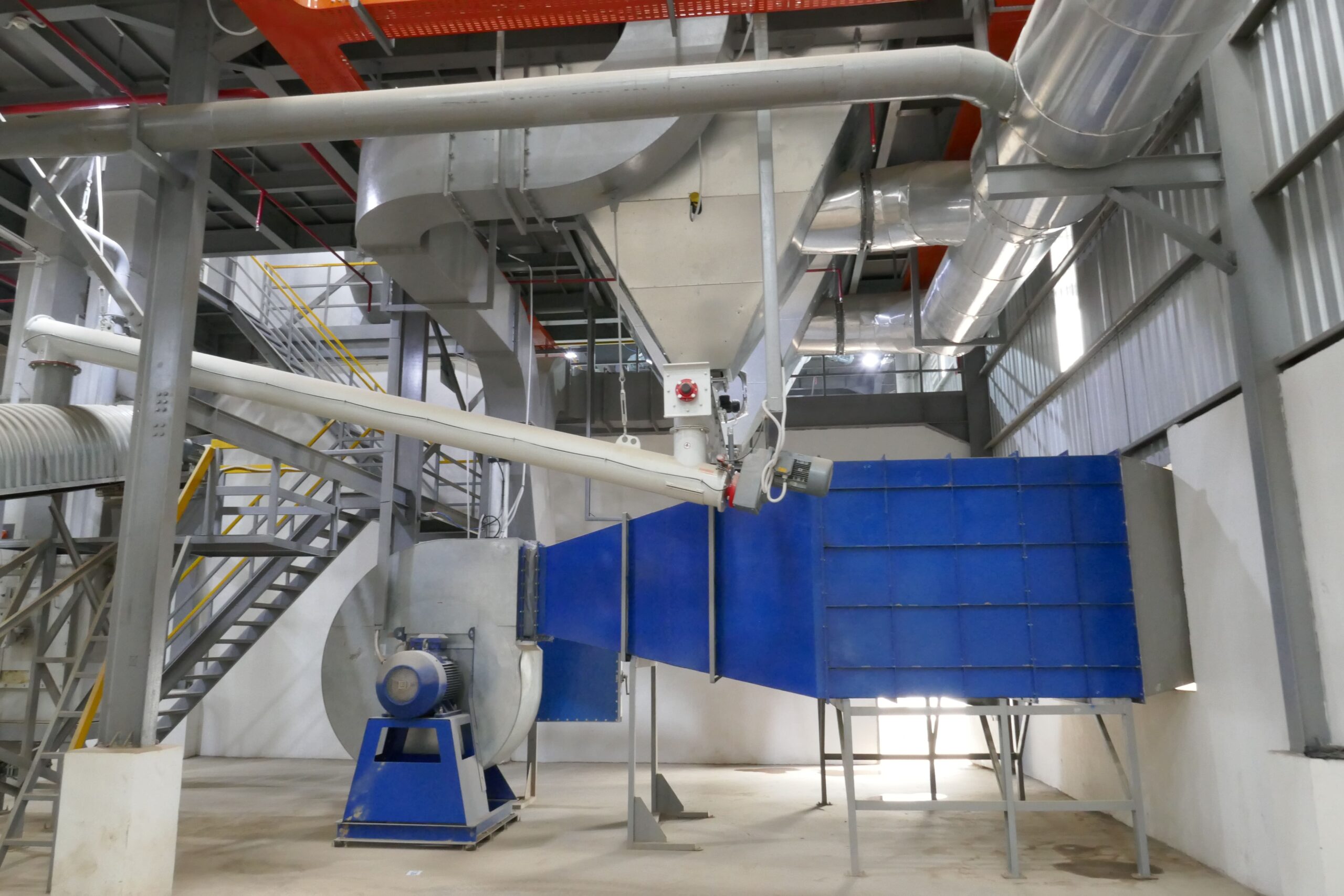Current standards for plant design and construction
Not only do bulk material plants and dedusting systems need to comply with standards for air filters, HEPA filters and filter media, there are many more regulations, guidelines and requirements that we need to and want to take into account.
DIN EN ISO 9001 for certified quality management
This standard specifies quality management system requirements. It is the actual management system according to which companies are certified. AML Anlagentechnik GmbH und Co. KG is certified – in order to guarantee high-quality products and engineering services over the long term.
TA Luft 2021 for uniform air pollution requirements
Technical Instructions on Air Quality Control (in short: TA Luft) puts Section 5, Paragraphs 1 and 2 of the Federal Immission Control Act (BImSchG) into concrete terms. The aim of TA Luft is to provide the authorities, operators and plant manufacturers with uniform standards on a national level.
Before a technical plant is approved, the authorities check the extent to which it could be harmful to both the people and the environment around it. TA Luft specifies permissible emission and immission values which form the basis for these requirements. It clarifies, for example, the maximum air pollution levels for fine particulates, ammonia or nitrogen oxides.
With the 2021 revision, the government’s cabinet is once again tightening the requirements for technical plants requiring approval under the Immission Control Act.
DIN EN 620 for continuous handling equipment and systems
This standard deals with the technical requirements for fixed belt conveyors and systems designed for the continuous transport of bulk materials. It standardizes installation, design, operation, maintenance and cleaning.
TA Lärm for protection against the harmful effects of noise
The Technical Instructions for Noise Abatement is the sixth General Administrative Regulation of the Federal Immission Control Act. It is intended to protect the vicinity and the general public from harmful environmental effects caused by noise. One thing it determines are the reference values for noise immissions from plants, which – for example – are 55 decibels during the day for general residential areas.
Machinery Directive 2006/42/EG for a standard level of protection against accidents
This directive sets uniform requirements for health and safety. It applies to manufacturers as well as operators and distributors of machinery within the European Economic Area (EEA). It enables free trade in machinery.
VDI Standard 3790 Sheet 3 for the calculation of diffuse dust emissions
The directive entitled “Environmental meteorology – Emission of gases, odours and dusts from diffuse sources – Storage, transhipment and transportation of bulk materials” deals with diffuse dust emissions arising from the storage, handling and transport of bulk materials. Its aim: to estimate emission factors since it is currently not possible to measure dust emissions during a plant’s approval process. The VDI guideline is an essential tool for making the necessary emission projections.



